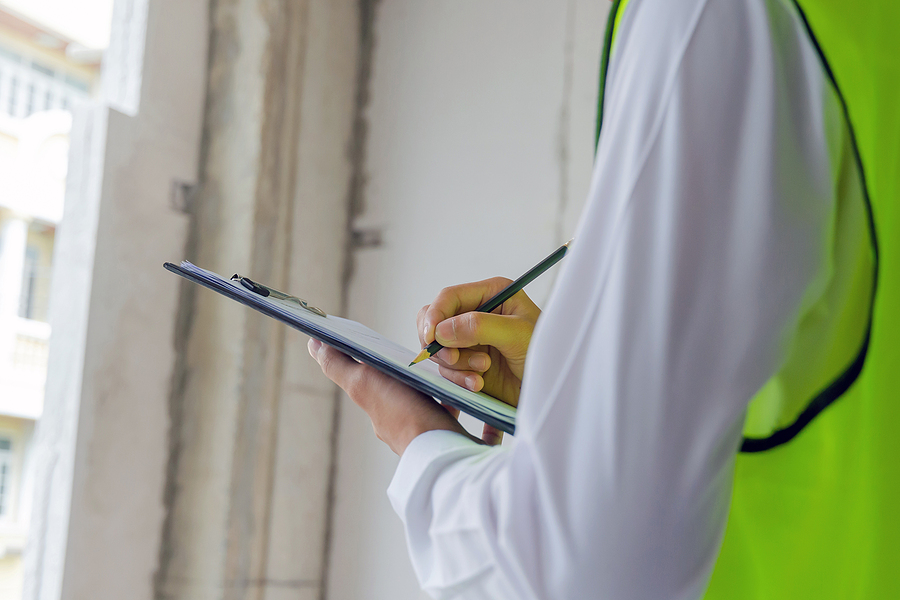The Ultimate Electrical System Homeowner Annual Checklist

Inspections of your home’s electrical system should be performed regularly to ensure its safety. When even a single issue is identified and fixed, it can save costly harm and, in the worst case, save lives. You should double-check these ten components yearly to ensure your home’s electrical system is in good shape.
Checking the Circuit Breaker Box
Look around the area of your primary electrical panel. It’s recommended to provide three feet of clearance around the board and to have a battery-operated light nearby in case of a blackout. Next, you need to check the circuit breakers by opening the panel door. Is there corrosion on them or signs of rodents? Ensure that no circuit breakers have been damaged or blocked in any way that could affect their ability to perform as intended.
It’s essential to keep in mind that blackouts rarely happen at a convenient time. Everyone in your household should know how to safely reset a tripped circuit breaker.
To ensure your electrical system is safe, you should conduct these checks annually:
Analyzing Ground Fault Circuit Interrupters
Protecting outlets that could get wet requires a ground fault circuit interrupter (GFCI). This could be a single wall plug (as shown) or a GFCI panel breaker. You should be able to push the test button on the GFCI and verify the safety of all affected outlets regardless of their placement on the circuit. Here’s more on how to deal with GFCIs that won’t reset and how to revive dead outlets.
Put Your Power Sources Through Their Paces
One of the essential tools for quickly testing outlet safety is a receptacle tester, often called a “cube” or “block” tester. The most typical outlet wiring problems are displayed via lights on this plug-in gadget. All toolboxes should have these items because they are so cheap and common. yourselfer’s Inexpensive electrical safety testing instruments like a block tester can assist ensure the security of your home.
The In-Depth Visual Inspection of Bare Wires
If exposed to electrical conduits in the basement or attic, look for holes, cracks, and rodent activity. Check for signs of rat activity in the wiring, such as chewing or nest building, and fix or replace any damaged wires.
Evaluation of the Extension Cord
The use of extension cords is every day among DIYers. However, these cables should be handled with caution due to their potential dangers. Consider including an inspection of extension cables, which are prone to damage during home remodeling and other seasonal activities, on your checklist for electrical safety. Furthermore, be sure that the amperage rating of any power tool cords is not exceeded. Extension cords are relatively simple to fix if they become damaged. This is the procedure.
Check the Outside Ventilation
Inspect the outside vents of the home to ensure they are secure against weather and animal intrusion. Be sure that anything you plug into an outdoor outlet won’t force the weather cover open, exposing the plug to the elements. Tests for ground-fault circuit interrupters (GFCIs) should result in the outlets being shut off when used outside.
From time to time, you’ll need to plug in for a while. Utilizing a receptacle with a cover with holes for wiring access is recommended, so the body may be locked in place even when used.
Lacking outside power outlets? If you want to quit using extension cords inside, learn how to put them in an outdoor outlet.
Verify that you’re using tamper-proof plugs
More recently, tamper-resistant outlets have been added to the home electrical safety checklist. To prevent electrical shocks, the National Electrical Code (NEC) requires outlets within a child’s reach to have an interior shield that blocks the entry of foreign objects like paper clips and coins.
This check consists solely of a visual inspection. Receptacles in tamper-proof outlets have a plastic cover over the holes (shown here). Boxes are not secure if there is a dark area behind the openings. The bright side is that updating to modern outlets is a breeze.
See Whether the Plugs Are Secured
Over time, outlets wear out, much like any other mechanical device. If plugs are too loose in an outlet, or if they slip out far enough to expose the plug pin, the receptacle should be replaced. A plastic shim is usually all needed to fix an outlet that’s loose in the electrical box. To learn more about tightening open outlets, please read on.
Analog Voltmeter
Inspecting the electrical system of your home entails watching how your electronics behave. Check the outlet’s voltage if the lights start functioning strangely, like dimming or flickering. A voltage test should be performed as soon as possible because the problem could be as simple as a wire that has come loose.
Check the power coming from the outlet with a voltmeter or multimeter set to the appropriate voltage. It’s normal to see voltage readings between 110 and 130 volts at standard 120-volt home outlets. If your lessons are outside this range, you should investigate more.
For a basic introduction to troubleshooting electrical systems, see Troubleshooting: How to Fix a Light. Read this manual before using your digital or analogue multimeter.
Five-Senses-Revealed Exam
We’ve already gone over visual inspections on this safety checklist, but you shouldn’t discount the importance of your other senses, either.
Applying your hand to electrical outlets and switches can help you detect if they are dangerously hot. It’s important to remember that dimmer switches can get warm when the lights are on, but it doesn’t mean they should be painfully hot to the touch.
Could you smell “hot wire” near an electrical outlet or switch? Power the switch or outlet down at the circuit breaker, double check with a non-contact voltage tester to ensure the power is indeed off, and then continue investigating. Switches and plugs may need to be replaced.
Finally, suppose you hear any popping or crackling from an outlet or switch. In that case, you should turn off the power to the outlet or switch at the circuit breaker, verify that the power is off using a non-contact voltage tester, and have the outlet or switch inspected as soon as possible.
We don’t advise utilizing your aesthetic judgment on an electrical safety checklist, but good judgment is always a good idea. In cases where something seems odd or suspicious, further investigation is warranted. Also, if the job is too big, don’t hesitate to contact a professional service like Add On Electric Phoenix.
